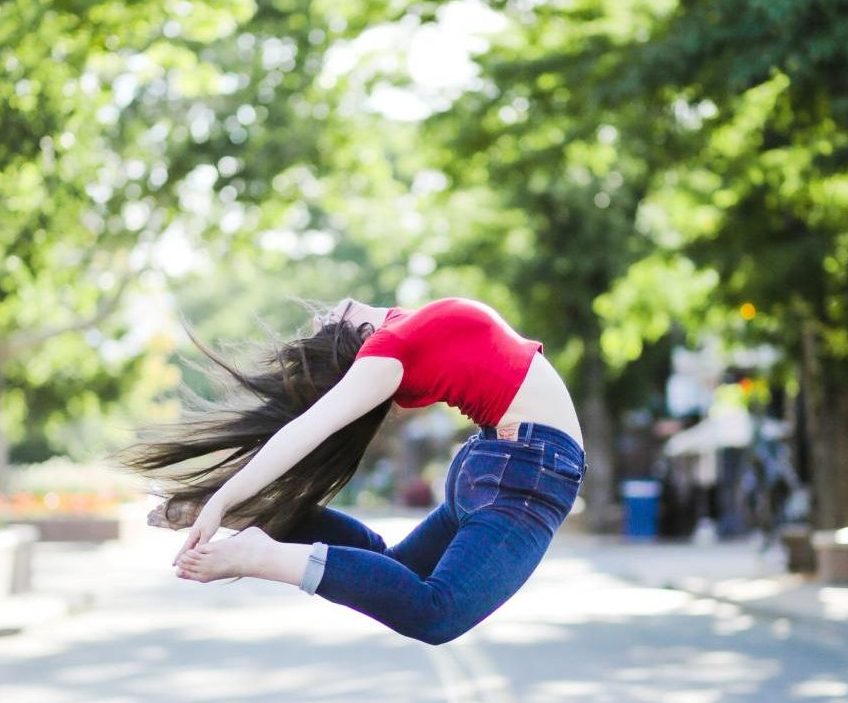Divisions of Dance
November 18, 2019
It’s the people of different backgrounds, cultures, racial and gender identities coming together to perform whether to bring awareness to a subject, spread joy on the faces of their audience, or to support a team. It is the physical interpretation of music, poetry, and sounds.
Dance is very much an umbrella term considering there are so many subcategories to be considered. The main two include studio dance and dance teams. Of course, these categories can be further broken down but for the purpose of this article we will talk about these two. There is a large debate over which of these categories is the best one for a dancer to commit their time.
Studio dance is seen as a precursor to dance team since one can begin at the age of three whereas dance teams are usually formed in high school, unless a middle school offers it. dance is a great activity to drain the energy of rambunctious children.
Many parents don’t realize some of the benefits: improvement in flexibility, coordination, range of motion, stamina, muscle tone, strength and posture, a combination of things that other sports cannot replicate. Studio dancers tend to learn multiple styles ranging from ballet to hip hop while also juggling rehearsals for productions. This requires much discipline and time management.
Emily Osborn, Grand Junction High School alum, says “I like studio dance because it allows me to make friends and express myself in new ways. I have been dancing for 15 years and I’ll never forget how it feels to be on stage.”
Relating to expressing oneself in this art form, Ellianna Bellmont, a Central High School Senior, says she enjoys dance because “… [it] is a healthy outlet to process emotions and the studio is a nice environment of welcoming people. It’s my passion. I love it and I wouldn’t be me without it even though it can be difficult at times.”
The dance that many students here at Fruita Monument High School do is “Dance Team,” also referred to as Poms or drill team. Dance team revolves around uniformity, a team is best when each of these dancers look, breathe, act, and perform similarly or even the same.
While dance studio dancers have to focus on details in the choreography itself, dance team dancers have to focus on details that will make the whole team look good, whether that be in the choreography or the perfect kickline spacing.
So which kind of dance is better? It all depends on the dancer.
Chloe Noga, Fruita Monument High School Senior, used to be an Absolute Dance Company member, participating in all performances, conventions, and workshops that the studio had to offer. Once getting into high school, she auditioned and joined the POMS team. “I’m so happy I made the switch… being on the dance team has changed my high school experience. It’s definitely a better fit for me. It’s where I met some of my best friends, and I actually get to attend all school events instead of missing them for rehearsals like I used to… It’s a lot of fun but also serious and competitive.”
The FMHS Poms team even made it to Nationals last year, showcasing the talent Fruita has to offer in Orlando, Florida which Noga says was one of the most exciting performances she has been a part of.
Kaleigh Cruickshank, junior at FMHS, says “I don’t know much about either type of dance but I think both are cool.”
So while there are people with bias in both who will try to convince others that their preferred style is better than the other, it is clear that it is all up to the dancer to find their niche. If ballet is their interest, studio dance is the best fit. If kicklines are their thing, consider dance team. No matter the category the dancer will learn to be discipline
